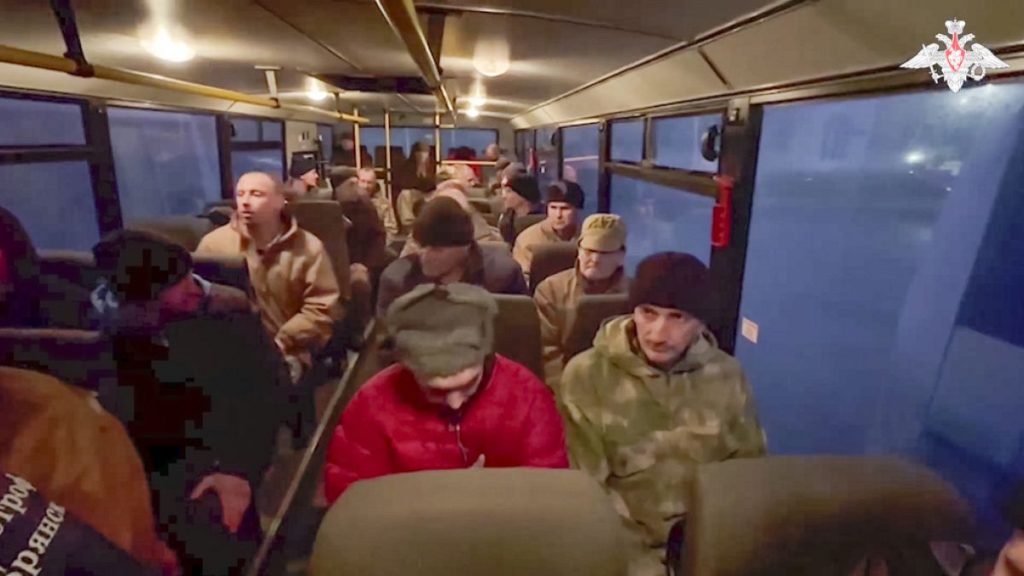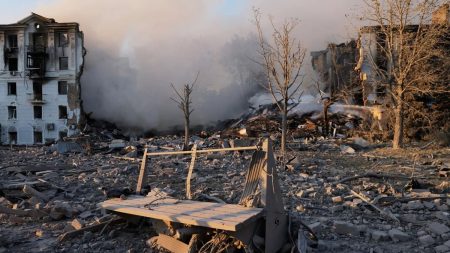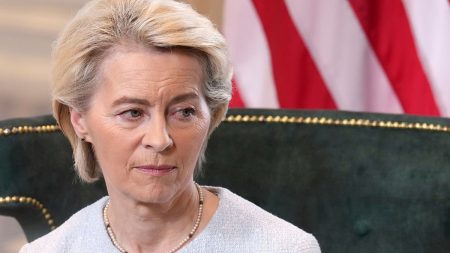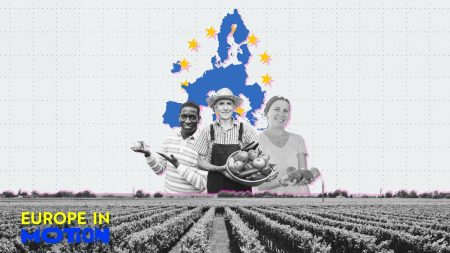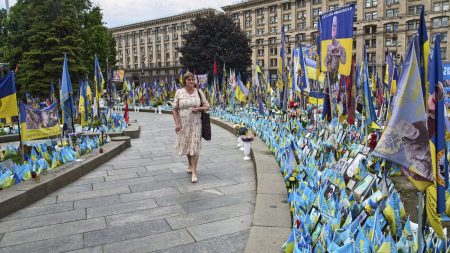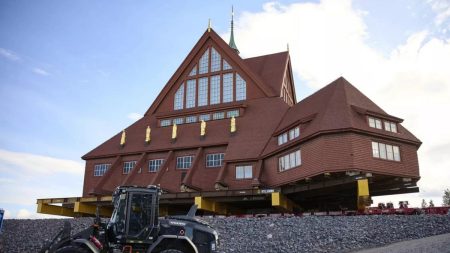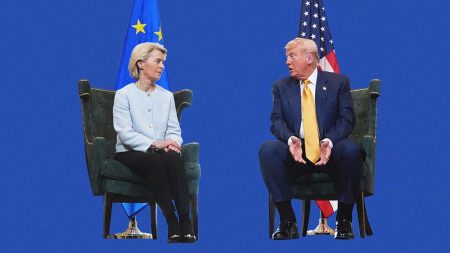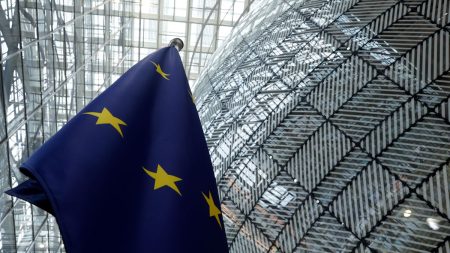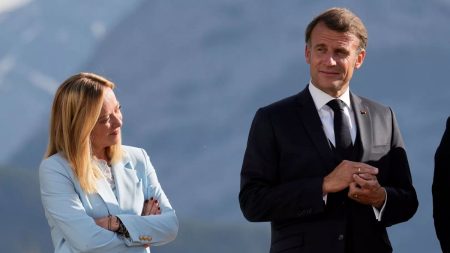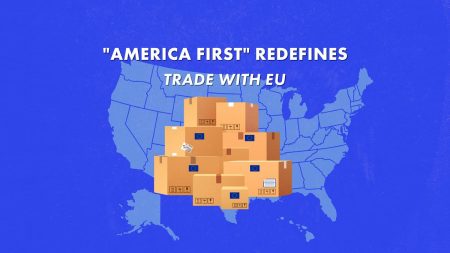Paragraph 1: The Prisoner Exchange
In a significant development amidst the ongoing Russia-Ukraine conflict, a large-scale prisoner exchange took place, facilitated by the United Arab Emirates. Russia’s Ministry of Defence confirmed the release of 150 Ukrainian prisoners of war, mirrored by the return of an equal number of Russian soldiers. Concurrently, Ukrainian President Volodymyr Zelenskyy announced the repatriation of 189 Ukrainians, suggesting a slightly different total on the Ukrainian side. This discrepancy likely stems from variations in reporting or inclusion of specific categories of detainees. The exchange marks a rare instance of cooperation between the warring nations and offers a glimmer of hope amidst the protracted conflict. While the motivations behind the exchange remain subject to speculation, it underscores the potential for humanitarian considerations to transcend the political and military impasse.
Paragraph 2: The Humanitarian Dimension
The prisoner exchange carries profound humanitarian implications for both sides of the conflict. For the returning prisoners, it signifies liberation from captivity and the prospect of reunion with families and loved ones. The psychological and physical toll of war captivity is immense, and the exchange offers a pathway to recovery and reintegration into society. Furthermore, the exchange carries symbolic weight, demonstrating that even in the midst of intense hostility, avenues for dialogue and humanitarian action can be explored. It serves as a reminder of the shared humanity that transcends national borders and political divides, and reinforces the importance of prioritizing the well-being of individuals caught in the crossfire of conflict.
Paragraph 3: The Geopolitical Context
The prisoner exchange unfolds against the backdrop of a complex geopolitical landscape. The ongoing conflict in Ukraine has strained international relations, with Russia facing widespread condemnation for its military actions. The involvement of the United Arab Emirates in mediating the exchange highlights its growing role as a diplomatic player in the region. The UAE’s neutral stance allows it to engage with both sides and facilitate dialogue, demonstrating the potential for countries outside the direct conflict zone to contribute to peacebuilding efforts. The exchange could potentially pave the way for further diplomatic discussions and confidence-building measures between Russia and Ukraine, although the broader political and military dynamics remain challenging.
Paragraph 4: The Information Landscape
The initial reports of the prisoner exchange exhibited some discrepancies in the numbers reported by each side. This highlights the challenges of information dissemination during wartime, where access to verified information can be limited and subject to propaganda or strategic manipulation. It underscores the importance of relying on credible sources and cross-referencing information from multiple outlets to gain a more accurate understanding of events. The fog of war often obscures the full picture, and conflicting narratives can emerge, making it essential to approach information with a critical eye and acknowledge the inherent uncertainties.
Paragraph 5: The Impact on the Conflict
The long-term impact of the prisoner exchange on the overall trajectory of the Russia-Ukraine conflict remains uncertain. While it represents a positive step towards de-escalation and humanitarian progress, it does not necessarily signify a fundamental shift in the underlying political and military dynamics. The deep-seated disagreements and ongoing hostilities continue to pose significant obstacles to a lasting resolution. The exchange could, however, serve as a catalyst for further dialogue and negotiations, potentially creating an opening for future confidence-building measures and a gradual de-escalation of tensions.
Paragraph 6: The Future of Negotiations
The prisoner exchange underscores the potential for humanitarian considerations to influence the course of the conflict. It demonstrates that even in the midst of intense hostility, opportunities for cooperation and dialogue exist. The involvement of the UAE as a mediator highlights the important role that neutral actors can play in facilitating communication and building bridges between warring parties. While the road to peace remains arduous and fraught with challenges, the prisoner exchange offers a flicker of hope and suggests that diplomatic engagement can yield tangible results, even in the most intractable of conflicts. The international community must continue to support and encourage such initiatives, while also working towards a comprehensive political solution that addresses the root causes of the conflict and ensures a sustainable peace for both Ukraine and Russia.




